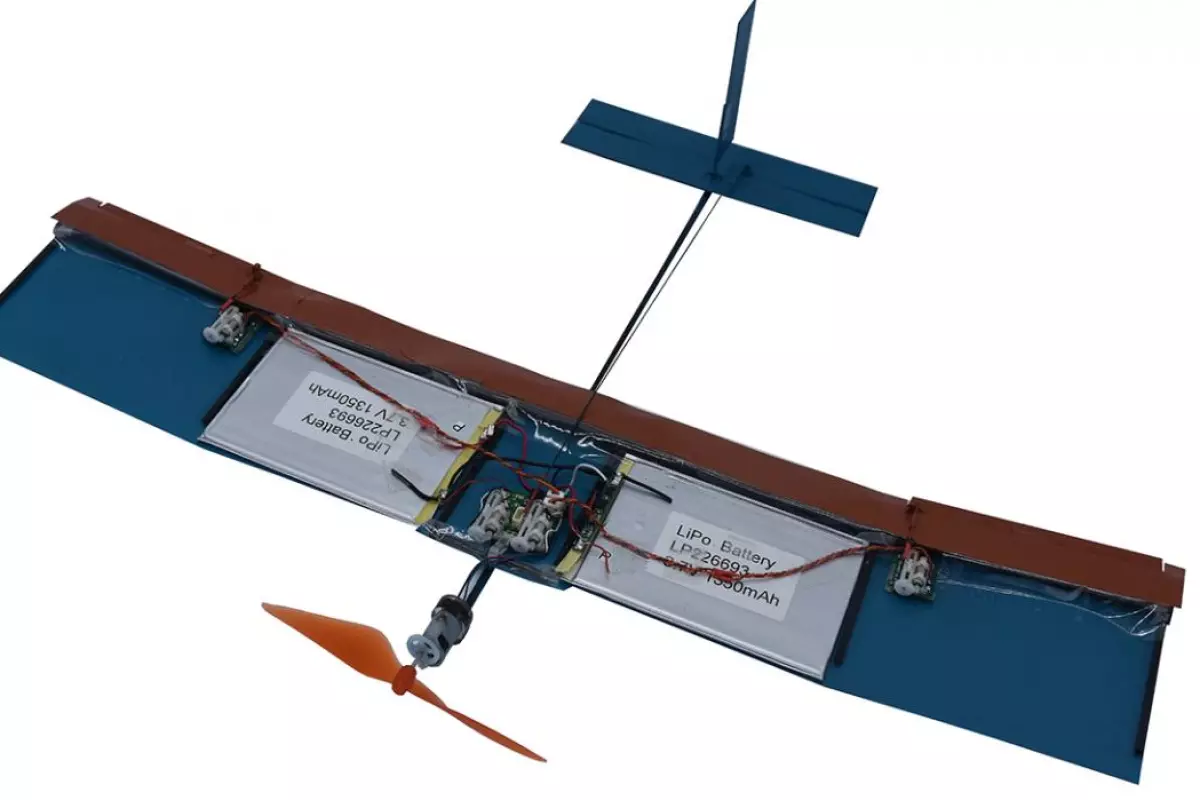Researchers have developed a new kind of wing that could dramatically improve the performance of small drones. Inspired by birds and insects, the wing has a leading edge that, as counterintuitive as it may seem, actually causes turbulence.
And yet the new wing design actually improves performance in the kinds of sudden winds and other turbulence that typically cause problems for small drones.
Unlike the smooth rounded leading surface typical of aircraft wings, the researchers’ design features a sharp, flat edge that forces the air hitting the wing to abruptly separate. According to the researchers, this flow separation would cause efficiency issues for larger aircraft, but can actually be an advantage for smaller fliers, be they natural or human-made.
If there’s a trick to all this, it’s that separating the flow at the front of the wing actually causes the flow to “attach” more predictably toward the back of the wing. Perhaps surprisingly, this increases flight efficiency in aircraft with wingspans of under a foot (30 cm).
Larger aircraft with normal wings, by contrast, perform better with a boundary layer of air directly in contact with the wing at all times. At larger scales, this boundary layer itself has small eddies of turbulence that work to keep the layer in contact with the wing. But in smaller aircraft that boundary layer is smoother, and is easily separated from the wing, reducing lift and increasing drag.

It’s under these conditions that a sudden gust of wind can re-attach the boundary layer causing an unexpected and unwanted burst of light, destabilizing flight.
It’s these issues that the team’s new wing is able to put to bed. And a knock-on effect of improved stability is more efficient use of battery power and therefore longer flight times.
“Small drones can be really useful in many applications, including flights in populated areas as they are inherently safer for humans, but there are problems operating aircraft at those small scales,” senior author Kenny Breuer explains in a press release. “They tend to be inefficient, which limits the battery-powered flight times of most drones to around 30 minutes or so. They also tend to get blown around by puffs of wind and turbulent air coming from obstacles such as buildings and trees. So we’ve been thinking about a wing design that might combat those problems.”
“With the prototype we have, we’re at a little less than 3 hours of flight time in the wind tunnel,” lead author Matteo Di Luca adds. “The wind tunnel is an idealized environment, so we don’t expect it would last quite that long for an outdoor flight. But if it lasts half as long as it did in the wind tunnel, it’s still more than twice the flight of commercially available drones.”
According to the researchers, an added advantage of their wing design is that they can be much thicker and stronger than convention wings. This means they can potential house drone components, giving drones more flexibility in their overall design, potentially reducing, or even doing away with, the fuselage.
The team’s research is published in the journal Science Robotics and is available to read online. The work to improve the wing’s design continues.
Source: Brown




